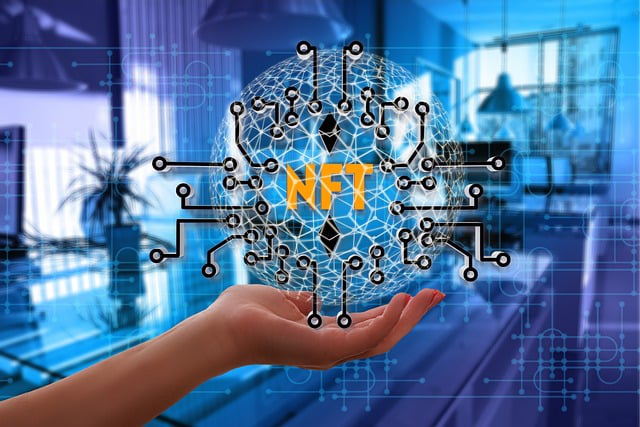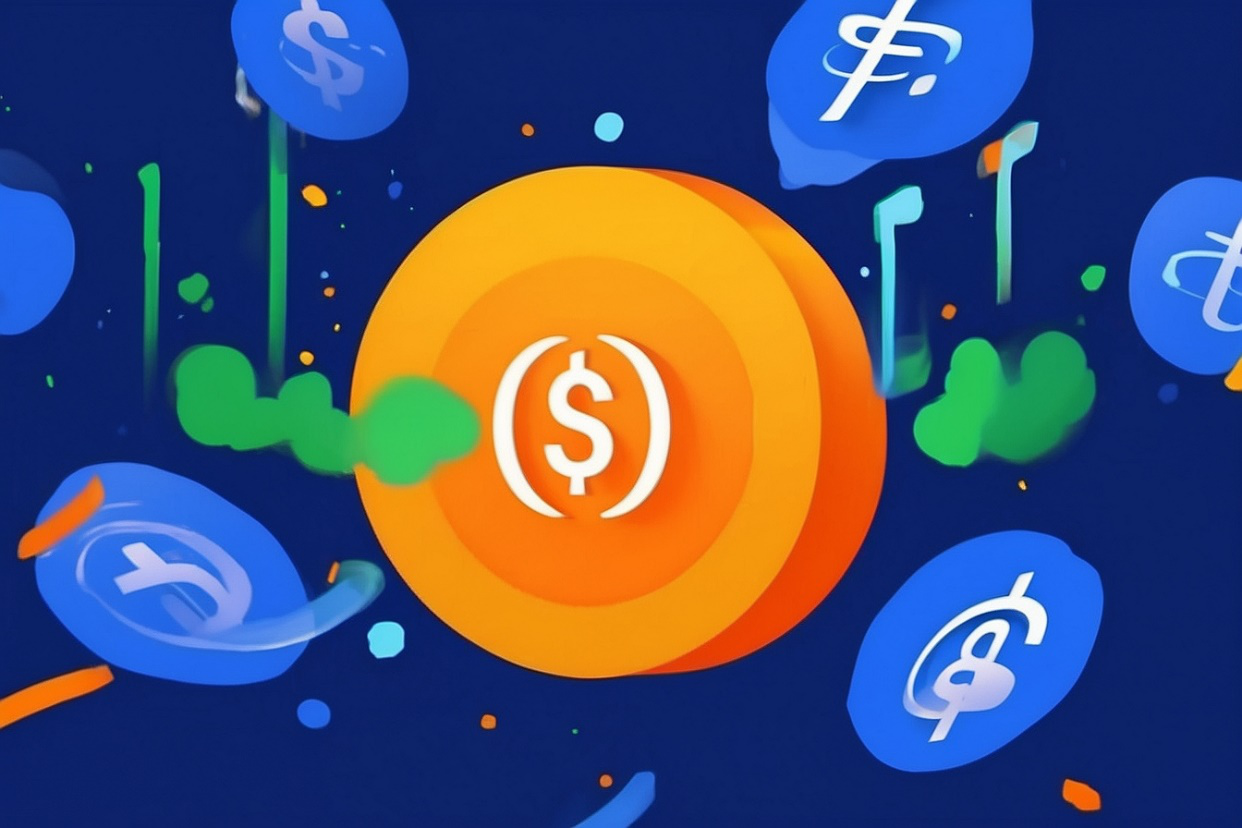In recent years, the world of finance has undergone a seismic shift with the advent of digital assets. Bitcoin, the quintessential pioneer in this space, has not only revolutionized the concept of money but has also paved the way for a plethora of investment opportunities.
As we begin to explore the world of digital assets, this comprehensive guide will not only dissect the intricacies of Bitcoin but also delve into a myriad of investment opportunities beyond this pioneering cryptocurrency. So, without further ado, let’s get started:
1. Understanding Bitcoin: The Trailblazer
Bitcoin, introduced in 2009, operates on a decentralized peer-to-peer network, fundamentally altering traditional notions of currency and financial transactions. At its core, Bitcoin relies on Blockchain technology, a distributed ledger that records all transactions across a network of computers, ensuring security and transparency.

1.1. How Blockchain Works
Blockchain, the technological backbone of Bitcoin, consists of a chain of blocks, each containing a list of transactions. These blocks are linked together and secured through advanced cryptographic principles, creating a tamper-resistant record. This decentralized ledger eliminates the need for intermediaries, ushering in a new era of trustless transactions.
1.2. The Role of Miners
Transactions on the Bitcoin network are validated and added to the Blockchain by miners. These participants use computational power to solve complex mathematical puzzles, confirming the legitimacy of transactions and maintaining the integrity of the entire system. In return, miners are rewarded with newly minted Bitcoin.

1.3. Benefits
- Decentralization
Central to Bitcoin’s appeal is its resistance to manipulation, thanks to the absence of a central governing authority. This decentralization fosters a trustless environment where participants can transact directly without relying on traditional financial institutions.

- Limited Supply
Bitcoin’s supply is capped at 21 million coins, introducing a deflationary element. The finite supply is designed to emulate the scarcity of precious metals like gold, potentially leading to increased value over time as demand outpaces supply.
- Global Accessibility
Bitcoin transcends geographical boundaries, allowing for seamless cross-border transactions. Its decentralized nature ensures that users can engage in transactions without being subject to the constraints of traditional banking systems.

- Store of Value
Bitcoin is often touted as “digital gold” due to its finite supply and the store of value it provides. Investors view Bitcoin as a hedge against inflation and a potential safeguard against economic uncertainties.
- Institutional Adoption
In recent years, institutional interest in Bitcoin has surged, with major companies and financial institutions incorporating it into their investment portfolios. This growing acceptance lends further credibility to Bitcoin as a legitimate asset class.
2. NFTs: Unlocking the World of Unique Digital Assets

Non-Fungible Tokens (NFTs) have emerged as a revolutionary use case for Blockchain technology, representing unique digital assets that can be bought, sold, and owned. NFTs are often associated with digital art, collectibles, and virtual real estate.
2.1. Tokenizing Ownership
NFTs utilize Blockchain to tokenize ownership, providing a secure and transparent way to confirm ownership and verify the authenticity of digital assets. Each NFT is unique and cannot be replicated, ensuring scarcity and exclusivity.
2.2. Smart Contracts and NFTs
Smart contracts, self-executing contracts with the terms of the agreement directly written into code, play a pivotal role in NFT transactions. They automate the process of transferring ownership and royalties, ensuring that creators are compensated for their work even after the initial sale.
2.3. Benefits
- Ownership and Authenticity
Blockchain technology serves as the backbone for NFTs, ensuring that ownership is indisputable and the authenticity of digital assets is verifiable. This has significant implications for the art world, where provenance and authenticity are paramount.
- Artist Empowerment
NFTs empower artists by enabling them to monetize their work directly. By cutting out intermediaries, artists can retain a more significant portion of the revenue generated from the sale of their digital creations.
- Interoperability
NFTs are not confined to a single platform. Their interoperability allows for seamless trading across various platforms, fostering liquidity and contributing to the overall growth of the NFT market.
- Virtual Real Estate and Gaming
Beyond art and collectibles, NFTs have found applications in virtual real estate and gaming. Virtual spaces and in-game assets can be tokenized as NFTs, creating new avenues for ownership and investment within the gaming ecosystem.
3. Altcoins: Diversifying the Digital Portfolio

Altcoins, a term encompassing all cryptocurrencies other than Bitcoin, present investors with opportunities to diversify their digital portfolios. These coins often aim to address specific shortcomings or introduce unique features not present in Bitcoin.
3.1. The Innovation Landscape
Altcoins serve as laboratories for experimentation within the cryptocurrency space. They explore new consensus mechanisms, governance structures, and features, contributing to the ongoing evolution of Blockchain technology.
3.2. Categories of Altcoins
Altcoins can be categorized based on their intended use cases, such as privacy coins, smart contract platforms, and decentralized finance (DeFi) tokens. Each category addresses specific needs and preferences within the broader cryptocurrency ecosystem.
3.3. Benefits
- Innovation
Altcoins drive innovation by pushing the boundaries of what is possible within the crypto space. They serve as testing grounds for novel ideas, leading to advancements that benefit the entire Blockchain industry.
- Diversification
Investors can diversify their portfolios beyond Bitcoin by exploring various Altcoins. Diversification helps spread risk, reducing the impact of volatility in any single asset on the overall portfolio.
- Specialized Use Cases
Some Altcoins cater to specific use cases, such as privacy-focused transactions, smart contracts, or decentralized finance applications. These specialized use cases attract users seeking specific functionalities and applications.
4. Interplay between Bitcoin and Altcoins
The relationship between Bitcoin and Altcoins is dynamic. While Bitcoin often serves as a store of value or digital gold, Altcoins offer diverse functionalities, creating a symbiotic ecosystem where each plays a unique role.

5. Stablecoins: Anchors in a Sea of Volatility
Stablecoins, digital assets pegged to real-world assets like commodities or fiat currencies, provide stability in the inherently volatile cryptocurrency market.
5.1. Types of Stablecoins
Stablecoins come in various forms, including fiat-collateralized, crypto-collateralized, and algorithmic stablecoins. Each type has its own mechanism for maintaining a stable value.
5.2. Regulatory Considerations
The stability of stablecoins makes them attractive for various use cases, including remittances, cross-border transactions, and as a stable unit of account within decentralized finance platforms. However, regulatory scrutiny and considerations are crucial for their continued adoption.

5.3. Benefits
- Reduced Volatility
Stablecoins are designed to maintain a stable value, making them suitable for risk-averse investors seeking exposure to the benefits of Blockchain technology without the extreme price fluctuations associated with many cryptocurrencies.
- Faster Transactions
Transactions using stablecoins are often faster and more cost-effective than those conducted through traditional banking systems. This efficiency enhances their utility for everyday transactions and contributes to their increasing adoption.
- Hedging Against Market Fluctuations
Traders use stablecoins as a hedge against the unpredictable nature of other cryptocurrencies. During periods of heightened volatility, stablecoins offer a refuge, allowing traders to move in and out of positions more swiftly.
6. Integration with Traditional Finance
The integration of stablecoins with traditional financial systems has the potential to streamline cross-border transactions and enhance financial inclusion, bringing the benefits of Blockchain technology to a broader audience.
7. Derivatives: Unleashing Financial Sophistication
Derivatives in the cryptocurrency space include financial contracts whose value is derived from an underlying asset. Common examples include futures and options contracts, offering sophisticated tools for risk management and speculation.
7.1. Types of Cryptocurrency Derivatives
Cryptocurrency derivatives encompass a range of financial instruments, including futures contracts, options contracts, swaps, and perpetual contracts. Each serves a unique purpose in managing risk or providing speculative opportunities.
7.2. Centralized vs. Decentralized Derivative Platforms
Derivative trading can occur on centralized exchanges or decentralized platforms. Centralized exchanges often provide more liquidity and a wider range of derivatives, while decentralized platforms offer increased privacy and control over assets.
7.3. Benefits
- Risk Management
Derivatives play a crucial role in risk management for cryptocurrency investors. By entering into derivative contracts, investors can hedge against adverse price movements, protecting their portfolios from significant losses.
- Leverage
Leverage is a double-edged sword in the world of cryptocurrency derivatives. While it allows traders to amplify their exposure to the market and potentially increase profits, it also magnifies the risk of significant losses.
- Speculation
Cryptocurrency derivatives provide opportunities for speculation without the need to own the underlying asset. This flexibility attracts both institutional and retail traders seeking to capitalize on short-term price movements.
8. Regulatory Landscape
The regulatory landscape for cryptocurrency derivatives is evolving, with authorities seeking to strike a balance between investor protection and fostering innovation. Understanding and complying with regulations is paramount for participants in the derivative markets.
9. Futures Trading: Strategizing for the Future















